Fall STEM Activities
STEM Sport
SEPTEMBER 19, 2023
Educational Benefit: This activity encourages observational skills and offers a hands-on introduction to plant biology and the life cycle. Educational Benefit: Students will learn about the chemistry behind leaf colors and the concept of chromatography as a separation technique.

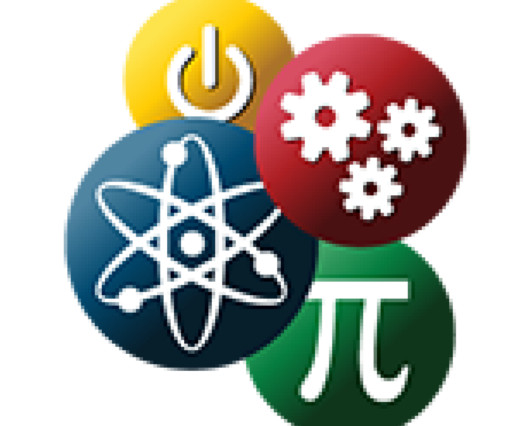
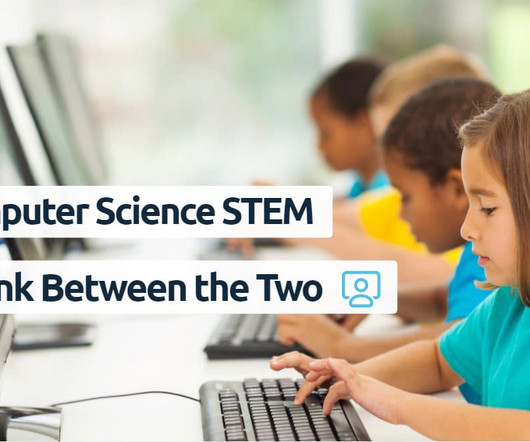
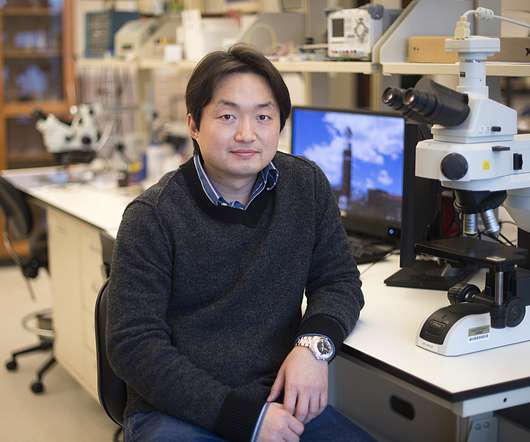
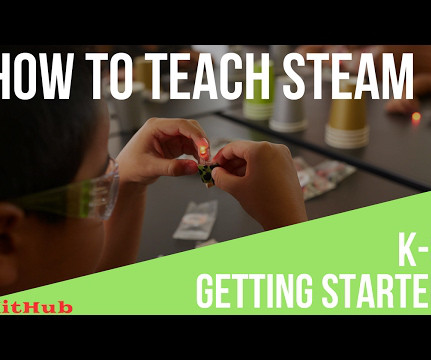

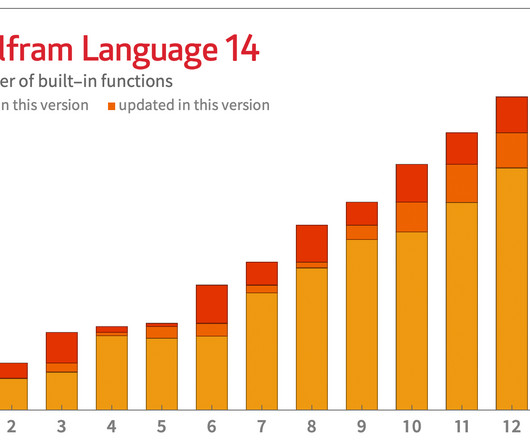


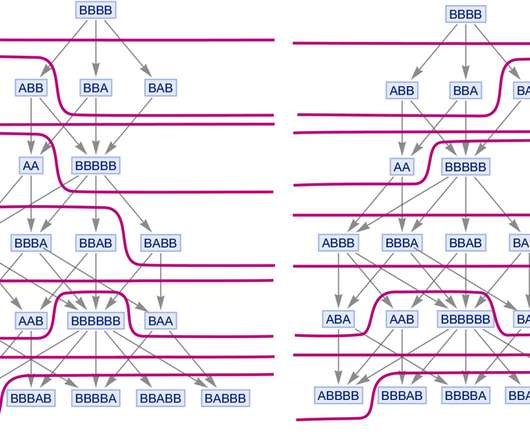
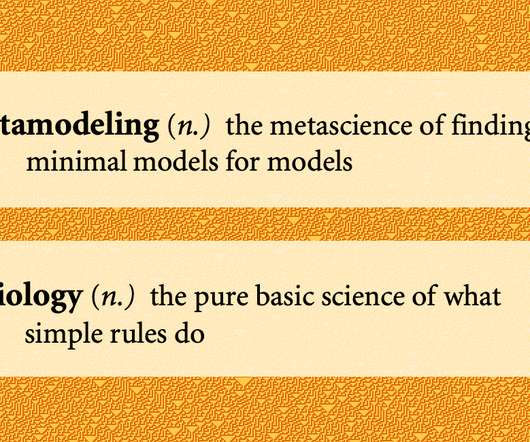
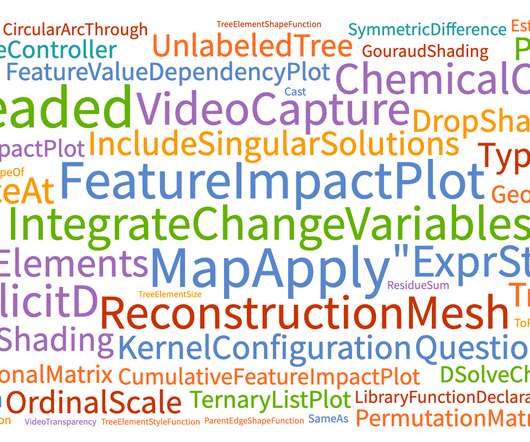
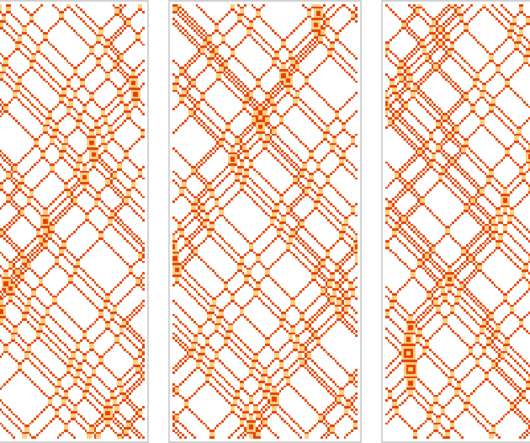







Let's personalize your content